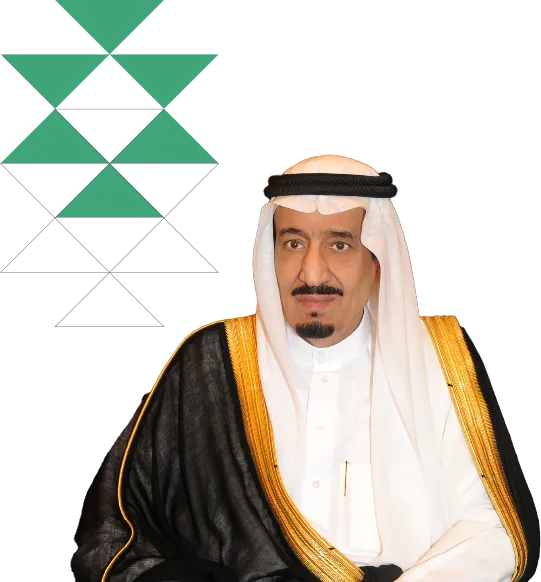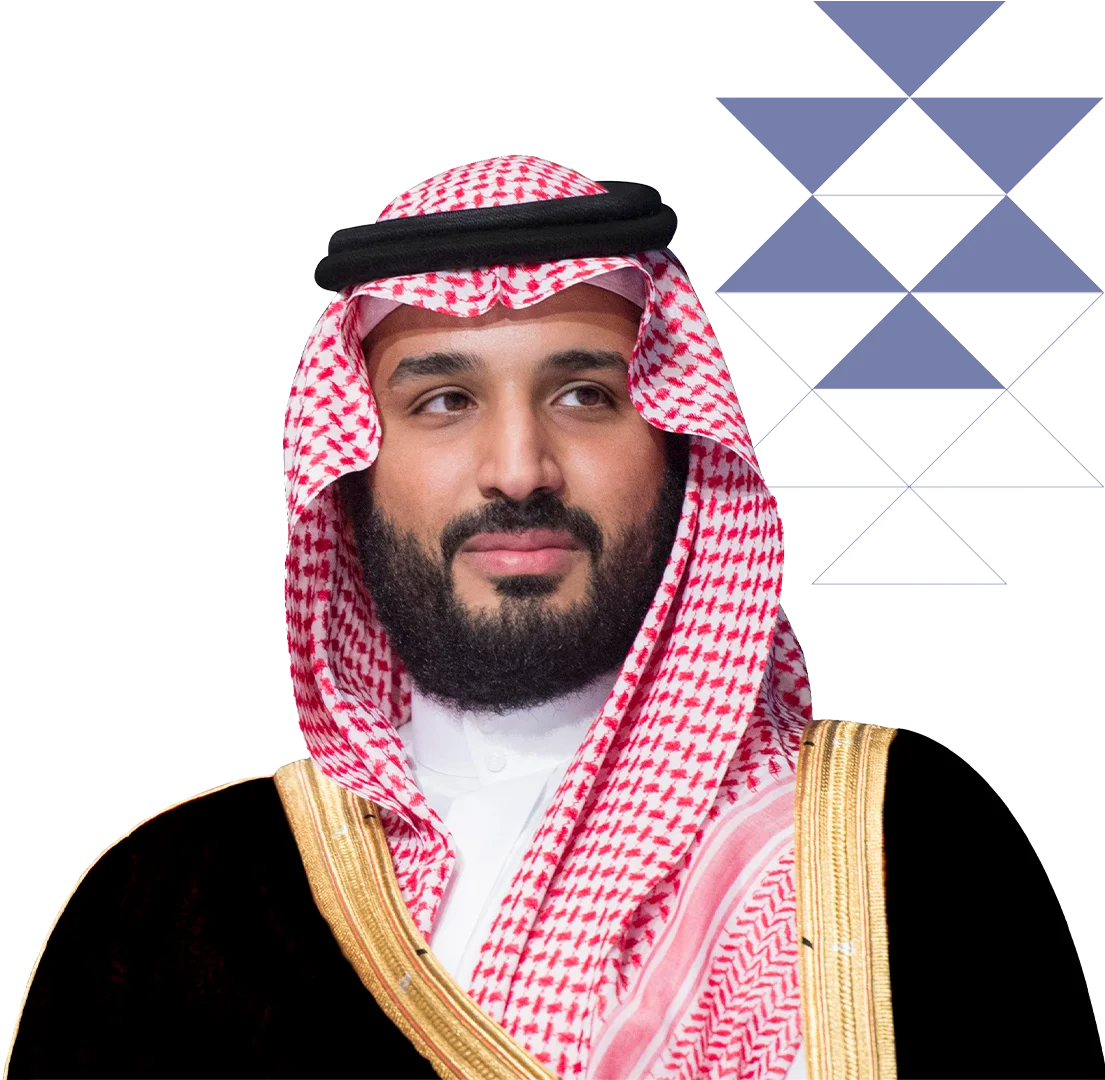“
My primary goal is to be an exemplary and leading nation in all aspects, and I will work with you in achieving this endeavour.
”
Custodian of the Two Holy Mosques King Salman Bin Abdulaziz Al-Saud
“
Our goal is to position Riyadh among the world’s most distinctive cities in quality of life, tourism, and services.
”
His Royal Highness Prince Mohammed Bin Salman Bin Abdulaziz
Crown Prince, Prime Minister, and Chairman of the Board of Directors of the Royal Commission for Riyadh City
OUR
MANDATE & DUTIES
We realize the will of the Custodian of the Two Holy Mosques to establish a joint authority that leads, supervises, and orchestrates the comprehensive development of the city of Riyadh.
LEARN MOREOUR
PROGRAMS & PROJECTS
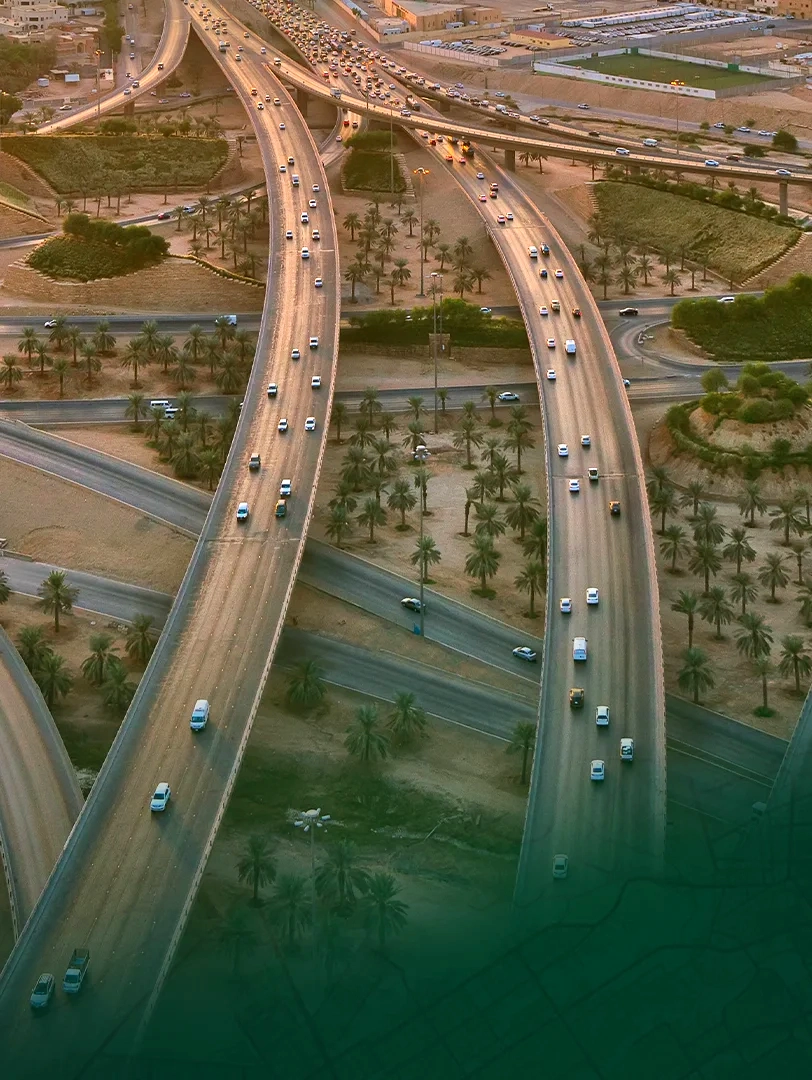
Main & Ring Road Axes Development Program
Towards a More Efficient and Sustainable Road Network… As part of enhancing the transportation system in Riyadh and preparing it to become a leading hub for sustainable mobility and logistics services in the Middle East, His Royal Highness Prince Mohammed bin Salman bin Abdulaziz, the Crown Prince, Prime Minister, and Chairman of the Board of […]
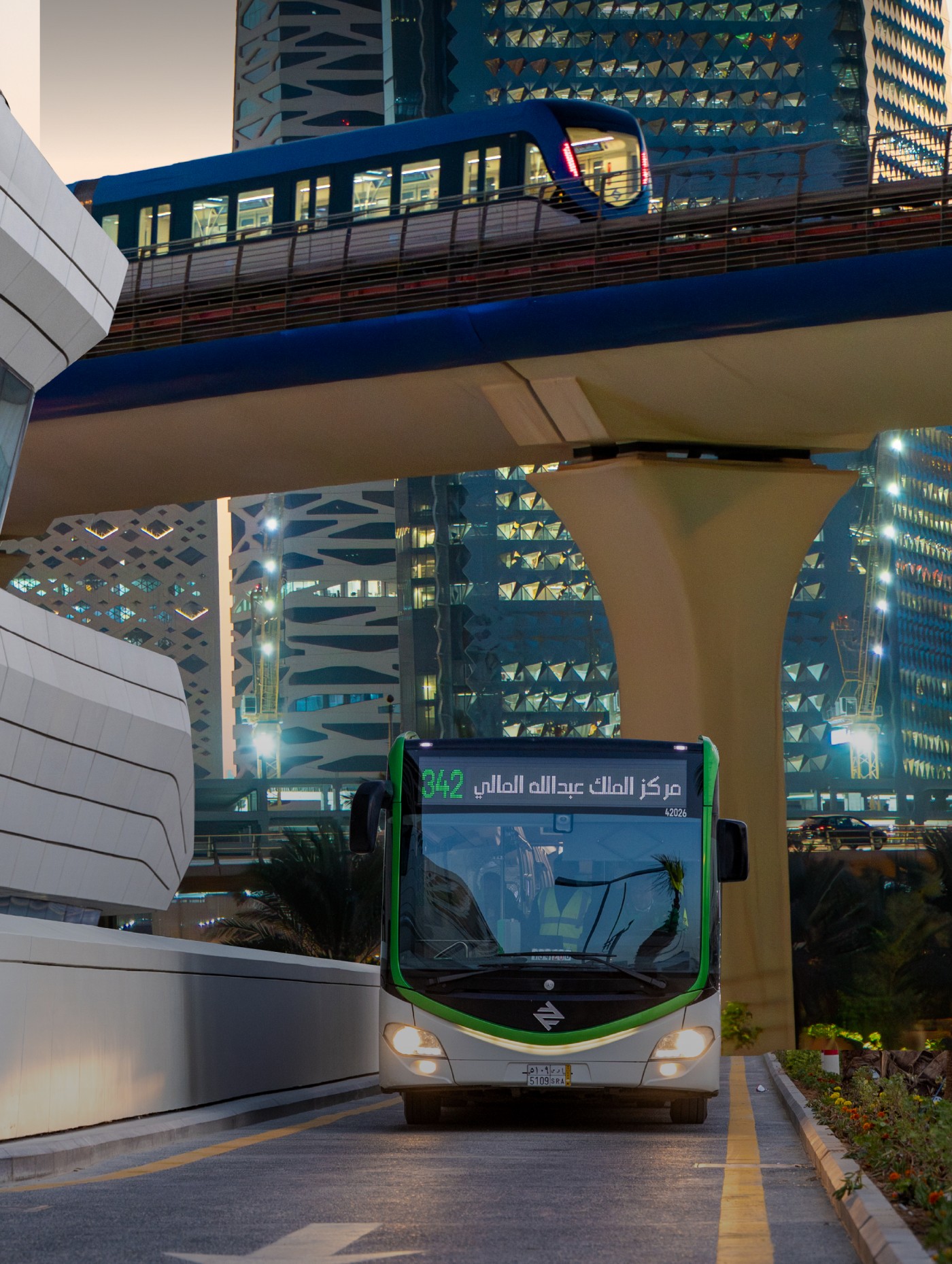
King Abdulaziz Project for Riyadh Public Transport
The King Abdulaziz Project for Riyadh Public Transport is part of the Royal Commission for Riyadh City’s ambitious city plan to equip Riyadh with public transport that provides all population groups with suitable public transport services, accommodating existing and future mobility needs in Riyadh. The project is dedicated to building, operating, and developing a world-class […]
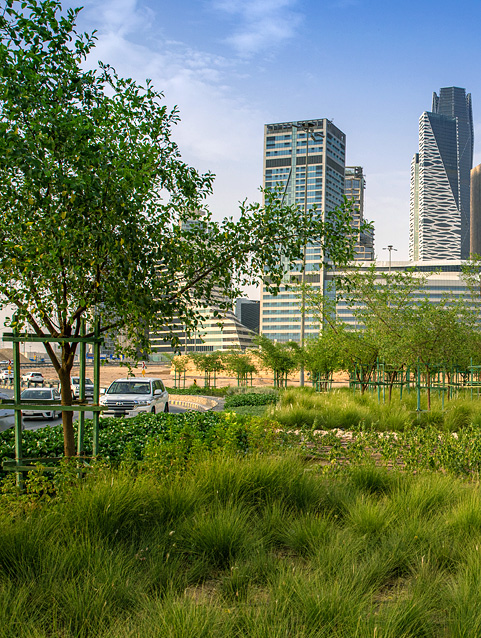
Green Riyadh Program
The “Green Riyadh” program is one of the largest ambitious urban afforestation projects in the world and one of the four major Riyadh projects launched by the Custodian of the Two Holy Mosques King Salman Bin Abdulaziz, on Tuesday, Rajab 12, 1440 AH (March 19, 2019 AD) at the initiative of His Royal Highness Prince […]
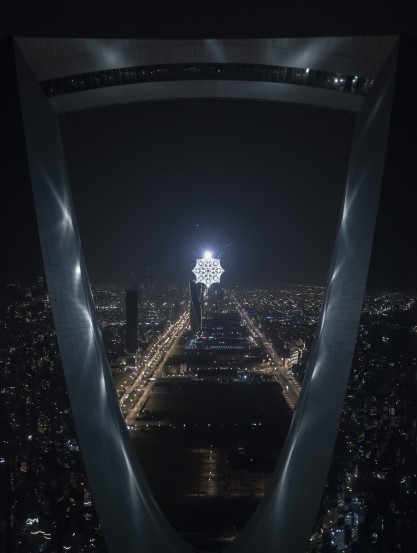
Riyadh Art Program
Riyadh Art is one of Riyadh’s Four Mega Projects launched by the Custodian of the Two Holy Mosques, King Salman Bin Abdulaziz Al Saud, on Tuesday, 19 March 2019 (12 Rajab 1440H), as an initiative by His Royal Highness Prince Mohammed bin Salman bin Abdulaziz Al Saud, Crown Prince and Prime Minister. It is a […]
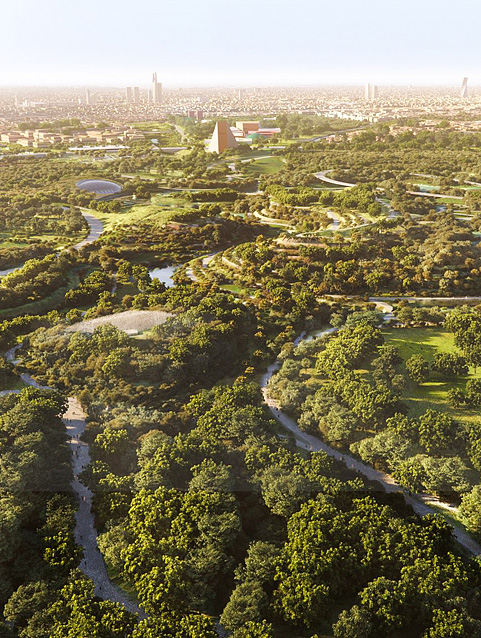
King Salman Park
King Salman Park is one of Riyadh’s Four Megaprojects launched by the Custodian of the Two Holy Mosques, King Salman Bin Abdulaziz, on 19 March 2019. The Park aims at providing a variety of sports, cultural, artistic, and recreational options to the residents and visitors of Riyadh, therefore, improving the quality of life in the city in line with Saudi Vision 2030’s goals of a vibrant and healthy society, and raising Riyadh’s global ranking.
OUR
LATEST NEWS
RCRC Announces Electronic Draw Results for Real Estate Balance Platform (Tawazoun)
In alignment with the directives of HRH Prince Mohammed bin Salman bin Abdulaziz, Crown Prince and Prime Minister, to implement measures aimed at balancing Riyadh’s real estate sector, including the Royal Commission for Riyadh City’s (RCRC) mandate to provide planned and developed residential lands for citizens, the RCRC has announced the results of the […]
READ MOREGreen Riyadh Starts Construction of Dhahrat Namar Park
Green Riyadh, overseen by the Royal Commission for Riyadh City (RCRC), has announced the start of construction on Dhahrat Namar Park, a 35-kilometer corridor spanning 2.45 million square meters in southwest Riyadh and extending through six neighborhoods: Tuwaiq, Al-Awali, Shubra, Al-Suwaidi Al-Gharbi, Al-Hazm, and Namar. Dhahrat Namar Park features more than 47,000 native, valley-adapted […]
READ MORERCRC: Riyadh Joins UNESCO Global Network of Learning Cities, Reinforcing Its Role in Building a Future-Ready Knowledge Society
Riyadh has officially joined UNESCO’s Global Network of Learning Cities (GNLC), a global platform that brings together education, culture, and environmental sustainability. The network supports cities in embedding social and environmental priorities into learning frameworks and curricula, widening access to education across all ages and contexts, from schools and universities to community-based initiatives. It […]
READ MORERiyadh Becomes First City in Region to Receive Global Active City Certification
The Royal Commission for Riyadh City (RCRC) announced that the capital has been awarded the Global Active City (GAC) certification, becoming the first city in the Middle East to attain this designation, in recognition of its efforts to promote healthy lifestyles, physical activity, and community well-being for all. According to a press release issued […]
READ MORERCRC Organizes Scientific Program Featuring Ricardo Hausmann on Economic Diversification and Urban Policy Development
The Royal Commission for Riyadh City (RCRC) hosted Professor Ricardo Hausmann, a globally renowned economist and Founder and Director of Harvard University’s Growth Lab. The visit took place as part of a scientific program aimed at strengthening collaboration between RCRC and the University on economic diversification and policy development for developing cities, while supporting […]
READ MORE